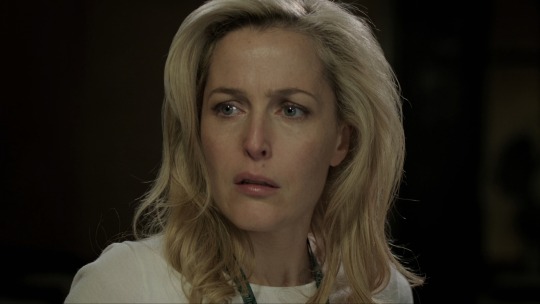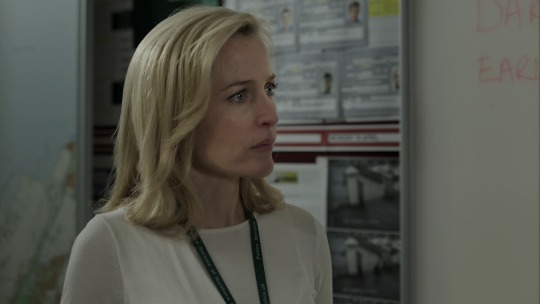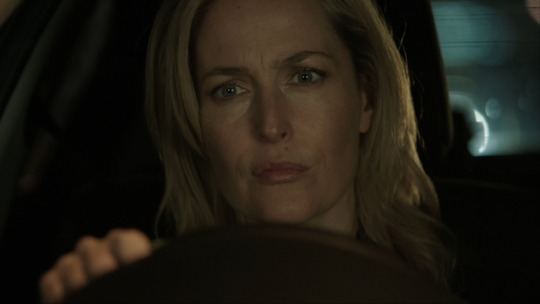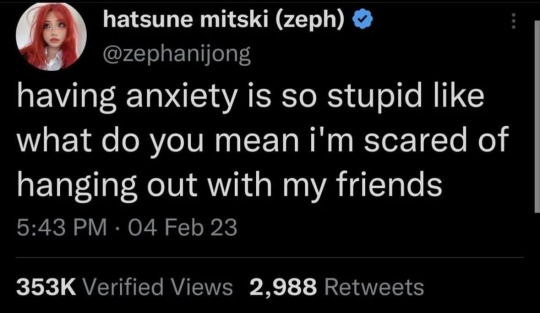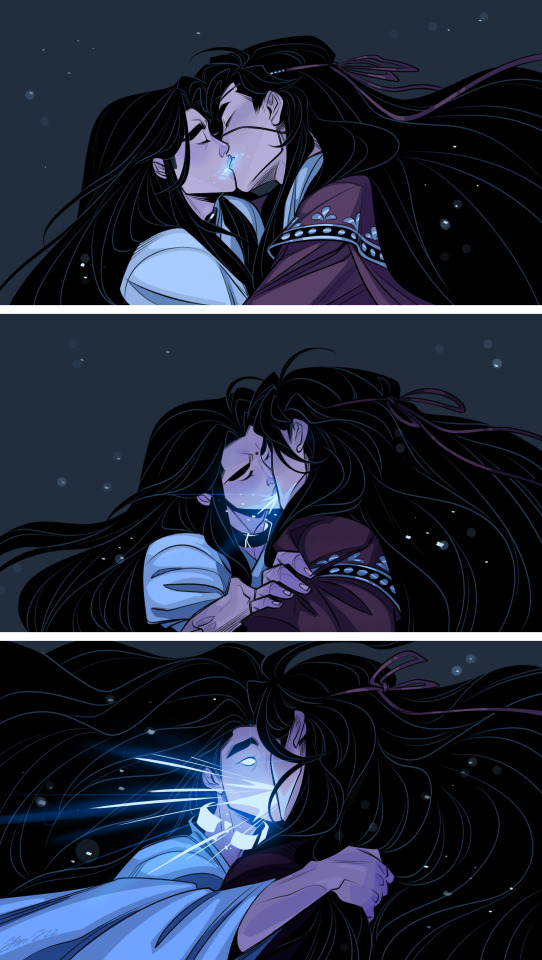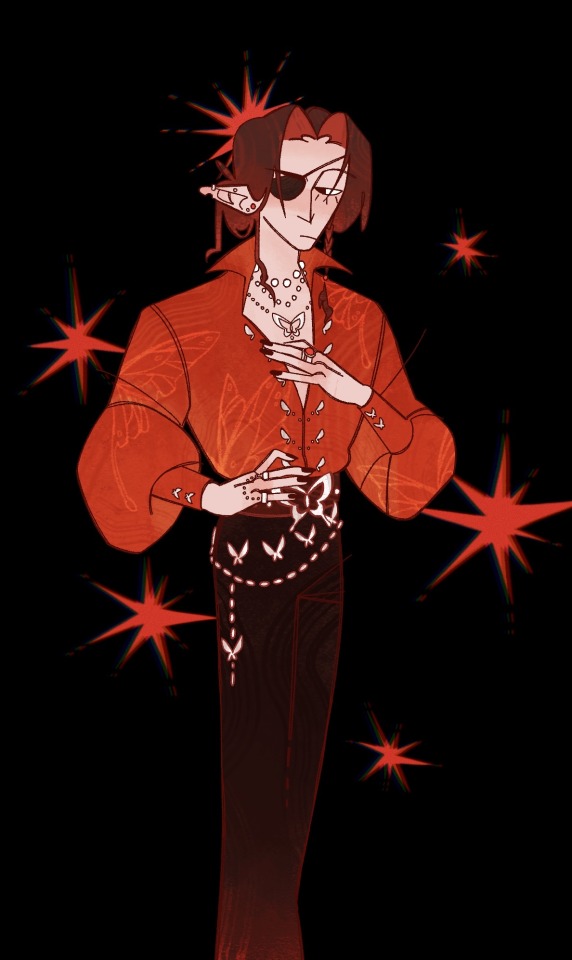Enjoy the best of entertainment 📹 Comedy 🎭 Information📠 Just think of it ⛩ talk to us 🙏and see it 🎑 published on the world 🗺
Don't wanna be here? Send us removal request.
Text
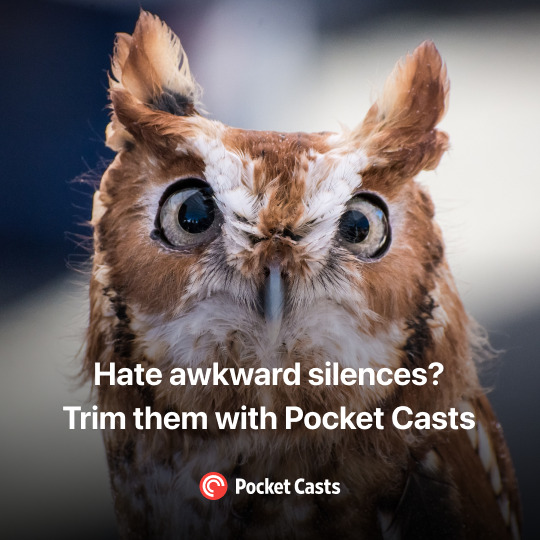
Hate awkward silences? Trim them with Pocket Casts
12K notes
·
View notes
Text
A galactic empire has existed in relative peace for a hundred years. However, when the emperor and his family die suddenly during a transport accident, the government is thrown into chaos. After an exhaustive search, a long-lost relative is found and it seems to be you.
4K notes
·
View notes
Text

✨ Dice set giveaway! ($130) ✨
Hi, I am giving away my newest 7-piece sharp-edge dice set to one lucky adventurer before it's available for pre-order. It's inspired by werewolf blood and silver bullet shards. To enter, click on the Google Forms link and simply choose which name you prefer! A) Moon Howler's Demise B) Blood Curse Click HERE to enter and vote! Good luck! 🍀
4K notes
·
View notes
Text
it’s always amazing to watch adults discover how much changes when they don’t treat their perspective as the default human experience.
example: it’s been well-documented for a long time that urban spaces are more dangerous for kids than they are for adults. but common wisdom has generally held that that’s just the way things are because kids are inherently vulnerable. and because policymakers keep operating under the assumption that there’s nothing that can be done about kids being less safe in cities because that’s just how kids are, the danger they face in public spaces like streets and parks has been used as an excuse for marginalizing and regulating them out of those spaces.
(by the same people who then complain about kids being inside playing video games, I’d imagine.)
thing is, there’s no real evidence to suggest that kids are inescapably less safe in urban spaces. the causality goes the other way: urban spaces are safer for adults because they are designed for adults, by adults, with an adult perspective and experience in mind.
the city of Oslo, Norway recently started a campaign to take a new perspective on urban planning. quite literally a new perspective: they started looking at the city from 95 centimeters off the ground - the height of the average three-year-old. one of the first things they found was that, from that height, there were a lot of hedges blocking the view of roads from sidewalks. in other words, adults could see traffic, but kids couldn’t.
pop quiz: what does not being able to see a car coming do to the safety of pedestrians? the city of Oslo was literally designed to make it more dangerous for kids to cross the street. and no one realized it until they took the laughably small but simultaneously really significant step of…lowering their eye level by a couple of feet.
so Oslo started trimming all its decorative roadside vegetation down. and what was the first result they saw? kids in Oslo are walking to school more, because it’s safer to do it now. and that, as it turns out, reduces traffic around schools, making it even safer to walk to school.
so yeah. this is the kind of important real-life impact all that silly social justice nonsense of recognizing adultism as a massive structural problem can have. stop ignoring 1/3 of the population when you’re deciding what the world should look like and the world gets better a little bit at a time.
132K notes
·
View notes



